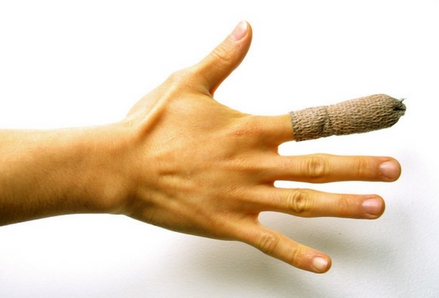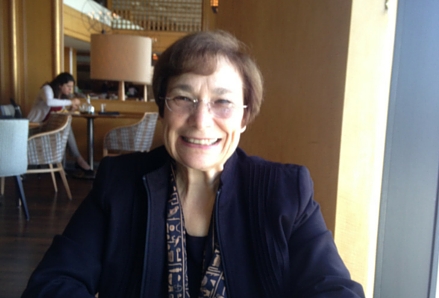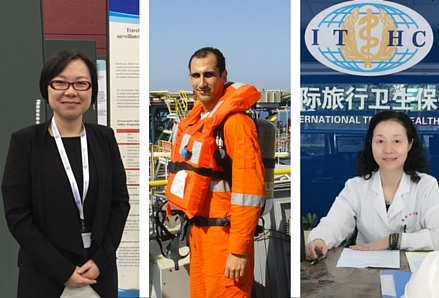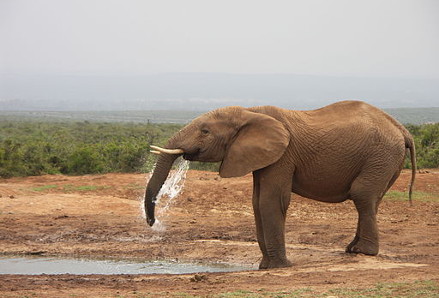What are skin and soft tissue infections? Keeping cuts and scrapes clean is always important, but especially so when you’re travelling. As Dr. Erik McLaughlin explains in our tip sheet on assembling the perfect travel first aid kit, band-aids and antibiotic ointment are essential first aid supplies. Skin infections are usually caused by bacteria entering and growing in a break in the skin. They’re common in travellers due to insect bites and minor trauma like cuts, blisters, scrapes, and abrasions. These infections can range from a small infection in a specific part of the skin (localized infection), like a pimple, to larger, more painful infections, such as an abscess. Antibiotic-resistant infections Some skin infections are resistant to antibiotics. Methicillin-resistant ...











![By James Gathany (PHIL, CDC) [Public domain], via Wikimedia Commons](https://blog.iamat.org/wp-content/uploads/2016/01/Aedes_aegypti_CDC-Gathany-624x453.jpg)
